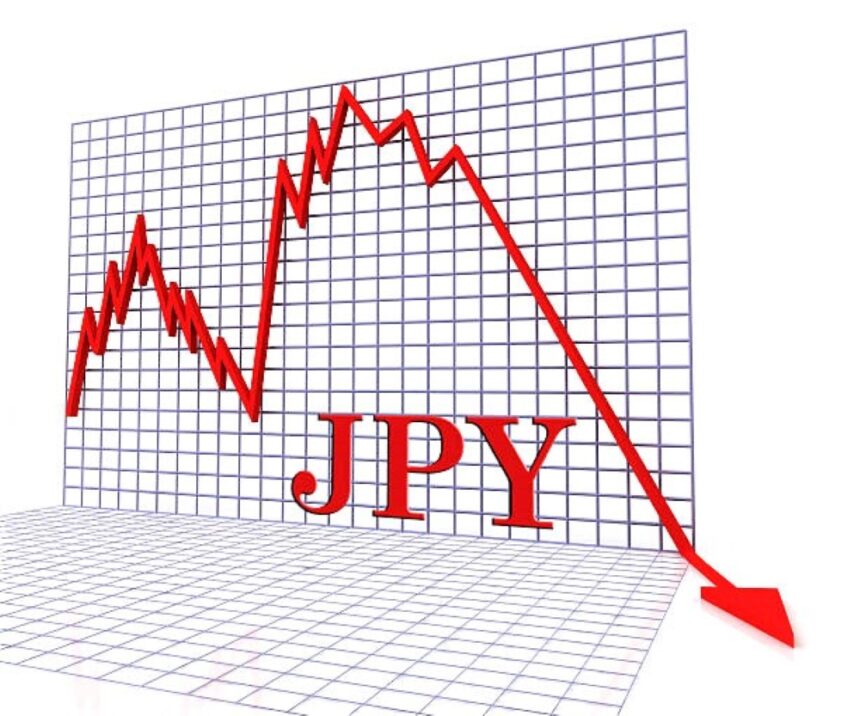USDJPY begins with a negative gap.
On the opening day of a new week, the USDJPY pair began with a large negative gap of 85 pips and has remained down below the 147.00 level. During the first part of the Asian session. Spot prices, on the other hand, successfully defend the 200-hour Simple Moving Average (SMA) support. Which is now positioned at the 146.65 zone and should now serve as a critical milestone for intraday traders.
In response to BoJ Governor Ueda’s hawkish warning,USDJPY gain strength.
The Japanese yen (USDJPY) gains strength. In response to Bank of Japan (BoJ) Governor Kazuo Ueda’s hawkish statements over the weekend. Which signaled probable interest rate rises, the USDJPY pair fell.
According to the Yomiuri newspaper, Ueda stated. That the central bank might cease its negative interest rate policy once the 2% inflation objective is met. Ueda, on the other hand, maintained that the Bank of Japan will patiently continue its ultraloose policy until it is persuaded. That inflation will stably remain around 2%, supported by healthy demand and wage growth.
Bets on the Fed raising interest rates further strengthen the USD and help minimize the pair’s losses.
In contrast, the Federal Reserve (Fed) is predicted to raise interest rates by another 25 basis points before the end of the year and keep them higher for longer.
The Wall Street Journal reported that the bets had been confirmed. Some policymakers continue to prefer to err on the side of raising interest rates too quickly, arguing that they can lower them later. Meanwhile, the outlook remains supportive of rising US Treasury bond rates, which helps restrict a minor US Dollar (USD) decline from its highest level since March 8 last week and works as a tailwind for the USDJPY pair, at least for the time being.
In the absence of any meaningful market-moving economic reports on Monday. It is wise to wait for substantial follow through selling before concluding that spot prices have topped out in the near term. Traders may also want to stay on the sidelines ahead of this week’s key US macro reports. Which include the latest consumer inflation statistics on Wednesday. Followed by the unemployment rate on Thursday. On Thursday, the Producer Price Index (PPI) and Retail Sales statistics were released.









